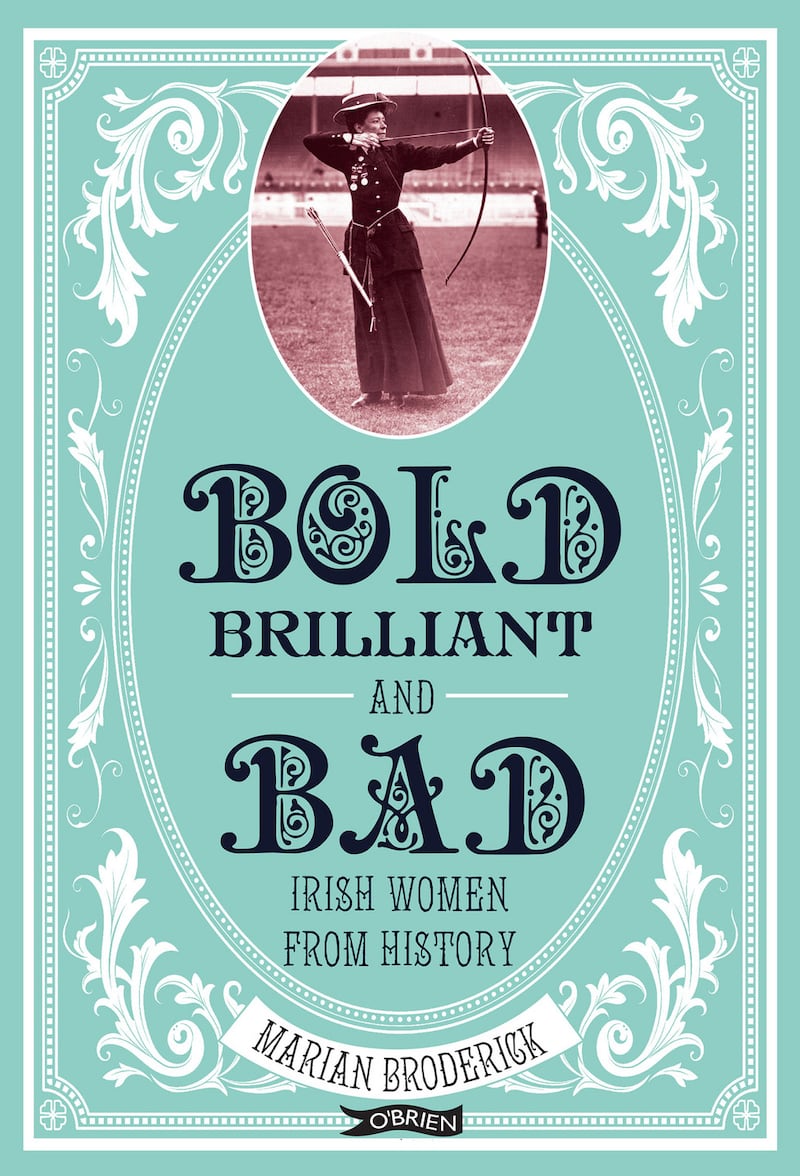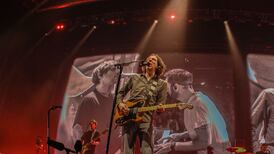As a teenager, I was addicted to historical fiction – and the more bodice-ripping it was, the better I liked it. Over time, this evolved into an interest in less sensational but still fictionalised accounts of historical figures, such as Granuaile and Elizabeth I. From there I started to devour well-researched biographies by the likes of Maire MacNeill and Anne Chambers, and finally I felt able to tackle scholarship in social history by academics, such as Maria Luddy, Margaret Ward, Jenny Uglow and others. Today I remain fascinated by the woman’s tale, I always want to know more, and it seems I am not alone.
After I wrote Wild Irish Women in 2000, I received letters from readers of all ages, from schoolgirls doing a project to senior citizens doing a family history. They often seemed to like the scale of Wild Irish Women, and were gratified and often surprised that more than 70 of their female forebears had made it into a mass-market collection. The surprise was telling; my readers had been used to women's absence and silence in history, yet there should be hundreds more entries in collections like mine.
Changing times
But times are a-changing. I’m happy to say there are now more accessible, approachable biographies about and by women than ever before, more interest in the crucial roles they played at key moments in history, more acknowledgment of their cultural and political prowess.

Bold, Brilliant and Bad therefore aims to continue this momentum. It creates new entries for 56 women from history, and namechecks another 70. I hope it puts meat on the long-dead bones of women drawn from every county in Ireland, some of whom have been all but forgotten. Just for fun, the book is organised thematically under loose groupings, such as criminals, nuns, sportswomen and scientists. The idea is that it is easy to dip in and out, and that each entry can act as a starting point for readers to follow their own research interests.
These women are all convention-busters in their way. Be they brilliant or bad, they are certainly bold, rejecting, as they often did, traditional roles
Ah, research. I love doing research and can spend all day glued to my search engines, or strolling around libraries and museums with a notebook, following leads from one woman's story to wider history. But although this scatter-gun approach to doing research is absorbing, it is not necessarily time-efficient. So before I started Bold, Brilliant and Bad, I had to formulate some important key questions: Who is the book for and why do they need it? I already knew that all the women in the book were to be historical figures, so these questions helped me decide who was to be included.
The bold, the brilliant and the bad
I used two main criteria. Firstly most of the women are Irish-born, and a minority have a strong Irish connection. Some, such as the poet Máire Bhuí Ní Laoghaire and musician Kitty Linnane, fought to keep the very notion of Irishness alive at home in language and music. Others, such as the Welsh-born Sybil Connolly or the Scottish-born Margaret Skinnider, used their heritage as a pattern to shape their whole lives. As a second-generation Irish Londoner myself, I look around and see how Irish migration has played a major role not only in the history of Ireland and Britain, but all over the world.
Secondly these women are all convention-busters in their way. Be they brilliant or bad, they are certainly bold, rejecting, as they often did, traditional roles in favour of a life fraught with uncertainty and in many cases danger. Nellie Cashman eschewed both the position of a pioneer wife and the alternative role of an entrepreneurial sex worker when she went to the Wild West, choosing instead to mine for gold and silver on her own terms, support an extended family and give most of her money away in the end. The gangster Chicago May wrote an autobiography in 1928, which made it abundantly clear she wasn’t one bit sorry about her life of crime, but had merely found a new way of mugging Joe Public.
Once I had my list, I had to drill down to the important key words in any internet search. Obviously I had the women’s names to work with, but what was her historical context? Who did she know, where did she travel, and how did she make a living? I had to be disciplined about my approach in order to avoid going back over the same ground twice. On at least one occasion, I had the painful experience of completing research on an interesting woman, only to find that her story had too many similarities to another story, and one of them had to go. To paraphrase William Faulkner, it is never easy to kill one’s darlings, but it is necessary to make the writing better.
When I'm asked to choose a favourite, it's always hard. It gets so you start to view them as friends and feel compassion for them, even – or perhaps especially – for the criminals
Day to day, as well as scouring the internet, I spent time in the National Library of Ireland in Dublin and the British Library in London looking at primary and secondary sources, such as newspapers, letters and photographs. Museums ran temporary exhibitions on some subjects, and field trips often included visits to the birthplaces and graves of the women. In my research, Irish public libraries were obviously an invaluable source in work like this and I have to commend Ireland’s librarians from Cork to Dún Laoghaire to Donegal for lending a hand whenever I needed it. In Cork City, I had an ambitious wish-list to look for, and the librarian there told me to go off and have my lunch; when I came back, there were all the books sitting in a pile waiting, and a reserved corner of the room for me to inhabit for the next few hours.
When I’m asked to choose a favourite from among these women, it’s always hard. It gets so you start to view them as friends and feel compassion for them, even – or perhaps especially – for the criminals. For example, looking down my retroscope I can see that women murderers were often seriously mentally ill, but lived with no support available to protect people from them, and them from themselves.
But if I have to choose favourites, I confess I currently have a particular fondness for the working-class women fighting for labour and political rights, such as Rosie Hackett, who battled against the odds to make themselves heard and who refused to lie down and submit even in the face of death. And then, of course, there’s the astonishing Lillian Bland – who could fail to love a woman who simply decides one day to build an aircraft in her uncle’s shed?




















